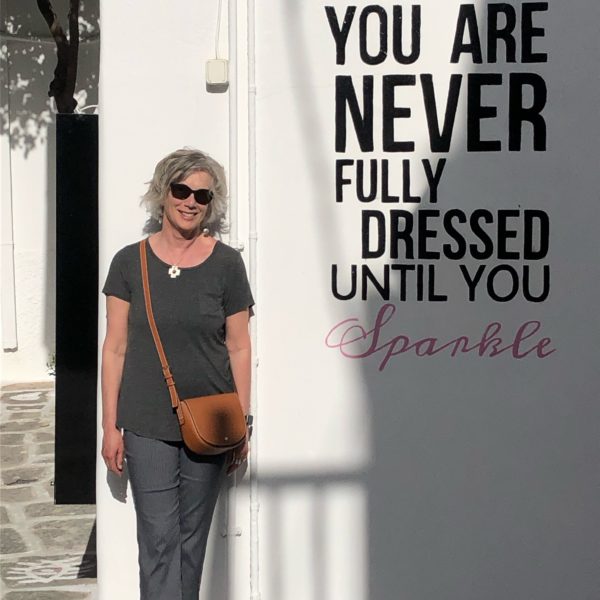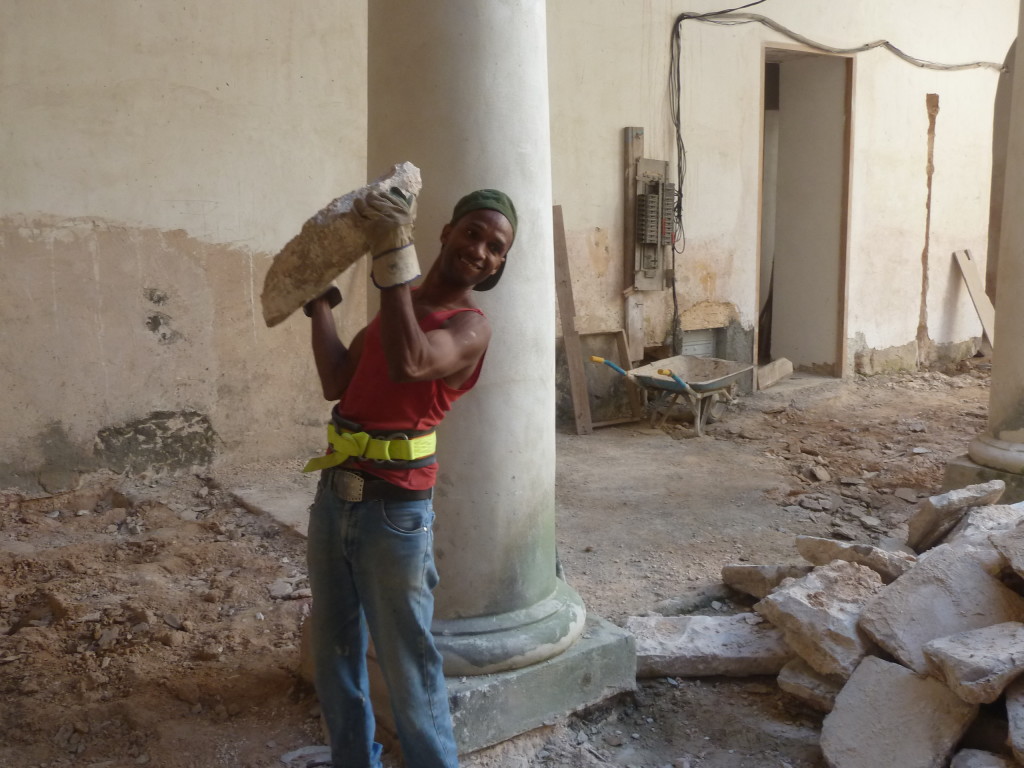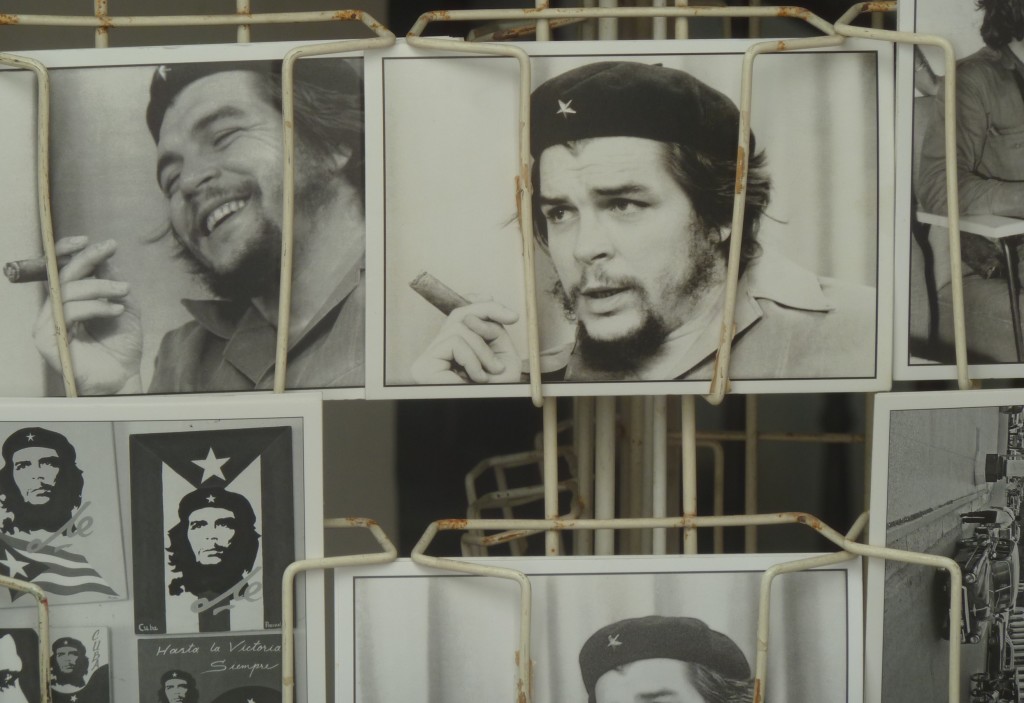In English we have two different words for two separate concepts; wait or hope.
For instance, in Canada I might sit in a hospital’s waiting room and think I am only counting the minutes: I am waiting (the odds are, that if I’m sitting in a hospital waiting room, I might be hoping as well, but that is considered a separate action).
From my observations so far, I would suggest that much of what I’ve seen here in Havana is in a suspended state of waiting. There are limited supplies of anything, and everything else has been rejigged, rewired and rebuilt. Cars that are more bondo than metal, continue to rumble down the streets. Bicycle taxis built from rebar and found parts bounce over potholed roads.
The apartments in central Havana remind me of those old black and white photos from after World War 11; photos that showed bombed-out buildings, exposing intimate life details of curtains, clothing and broken tables.
Havana has that same tragic and tired devastation. Laundry hangs from broken balconies. Walls have fallen, revealing lives that continue on without hope of privacy or improvement. Ropes and bits of lumber are cobbled together to bolster busted walls and pitted pillars slowly return to their origin of rock.
Some reports mention that up to 300 buildings collapse each year. It is quickly apparent that without cash, nothing stays standing, and, after the 1959 Revolution, and the subsequent U.S. embargo, the cash flow most definitely came to an end.
The bookstores all sell the same endless copies books about, or by, Fidel Castro, Che Guevara, Jose Marti and other tattered and greying copies from the past.
The brand new Adidas store has shiny display cases with most of the shoes missing. It is hard to imagine anyone saving enough to buy a pair of the ones that are available.
Everything is in need of care and attention.
Yet somehow, in spite of hardship, thick heat and deprivations that I cannot begin to conceive, the people of Havana carry on, making do with no clear way to get ahead.
But it is not all dire. Cuba is working on a new economic plan. Through a government organization called Habaguanex, hotels are being restored. As they become profitable, the money is reinvested into the next hotel. Shops, although with limited merchandise (bar of Zest soap anyone?) sell speciality goods and those profits too, are put back into rebuilding Old Havana.
Slowly, slowly plazas are revitalized. With every tourist that lands on this tropical island, more cash is found for plaster and paint, bricks and mortar. There are more private residences being approved for conversion to B&B’s (casa particulares) and working as family-owned restaurants (restaurant paladar).
Throughout it all, there is the music. It fills the shadows and brightens the colours. It makes the heat sing and provides a sexy-soundtrack to the beautiful people in this amazing city; a city, that is rising from the rubble. Like the shimmering humidity, the musica curves around courtyards, dances up the narrow alleys and speaks of bigger things than money. It speaks of soul.
In Spanish, esperanza means ‘to wait’ . It also translates as, ‘to hope’ or ‘to expect’.
I have come to realize that Cuba is engaged in a very Spanish form of waiting; the kind of waiting that somehow, in spite of everything, is filled with hope.





Pat, I and Mario first went to Cuba (and Havana) in 1994. Just a few years after the collapse of the Soviet Union and its support for Cuba, people were visibly underfed and terribly thin. Nearly two decades of visits to Cuba later, in various parts, I’m glad to report that a fat Cuban is no longer a rarity, especially in rural areas where hustling up one’s own food is easier. Things are harder in the cities but my heart has been gladdened over the years to see Cuba and Cubans doing better. Though its architectural riches are in dire need of funds (they have sent students to Europe to learn restoration techniques), one recent good news story about Havana is that it is a world leader in urban gardening:
http://www.dac.dk/en/dac-cities/sustainable-cities/all-cases/food/havana-feeding-the-city-on-urban-agriculture/
Wow Lesley. With all your various visits, you definitely have a unique perspective on the country.
I’m heartened to read the article you attached about urban gardening. Thank you for sharing that.
Urban gardening makes so much sense for all of us. And in Cuba in where everything has to be used, re-used, re-purposed and somehow made to last, they’ve connected to what we lost.
I’m glad that people are rediscovering the joys of gardening (I’m just heading out to sign up to our new neighbourhood collaborative garden). Vancouver is going crazy with community gardens…it’s wonderful and hopeful.
Hi Colleen, I remember my sister having a poster of Che Guevara in front of her desk when she was a student at The Sorbonne in Paris in 1968. It was the “1968 Students’ Revolution”. Factory workers joined in but for them the situation didn’t change much, but for the students like my sister, they jumped over the barrier and became part of the “intellectual elite”, the people who could change the world through their ideas.
What a great story Catherine. I’ve never known anyone who actually went The Sorbonne…only in movies and novels. That’s very cool.
Joan, I’m so glad you got to enjoy all that music too. I couldn’t quite believe how many incredible singers and musicians could be contained in one city.
I fell in love with Old Havana when I was there in 2009. It was magical. Music, music and more music, and flamenco dancers entertained. Every time we had a sandwich or a coffee, a three piece orchestra appeared. However, beyond the cloistered bit of preserved history, lay a city under construction.
I feel sad reading about Cuba. “…tragic and tired devastation …in need of care and attention…in spite of everything…throughout it all, there is the music…”. But I’m buoyed by your observation: there is hope.
Thanks for writing Edgar. The music really is the great takeaway from my time in Havana. There seems to be a disproportionate number of extremely talented musicians and singers in such a little country. Between the beats and the brass is the inherent beauty that is La Habana.